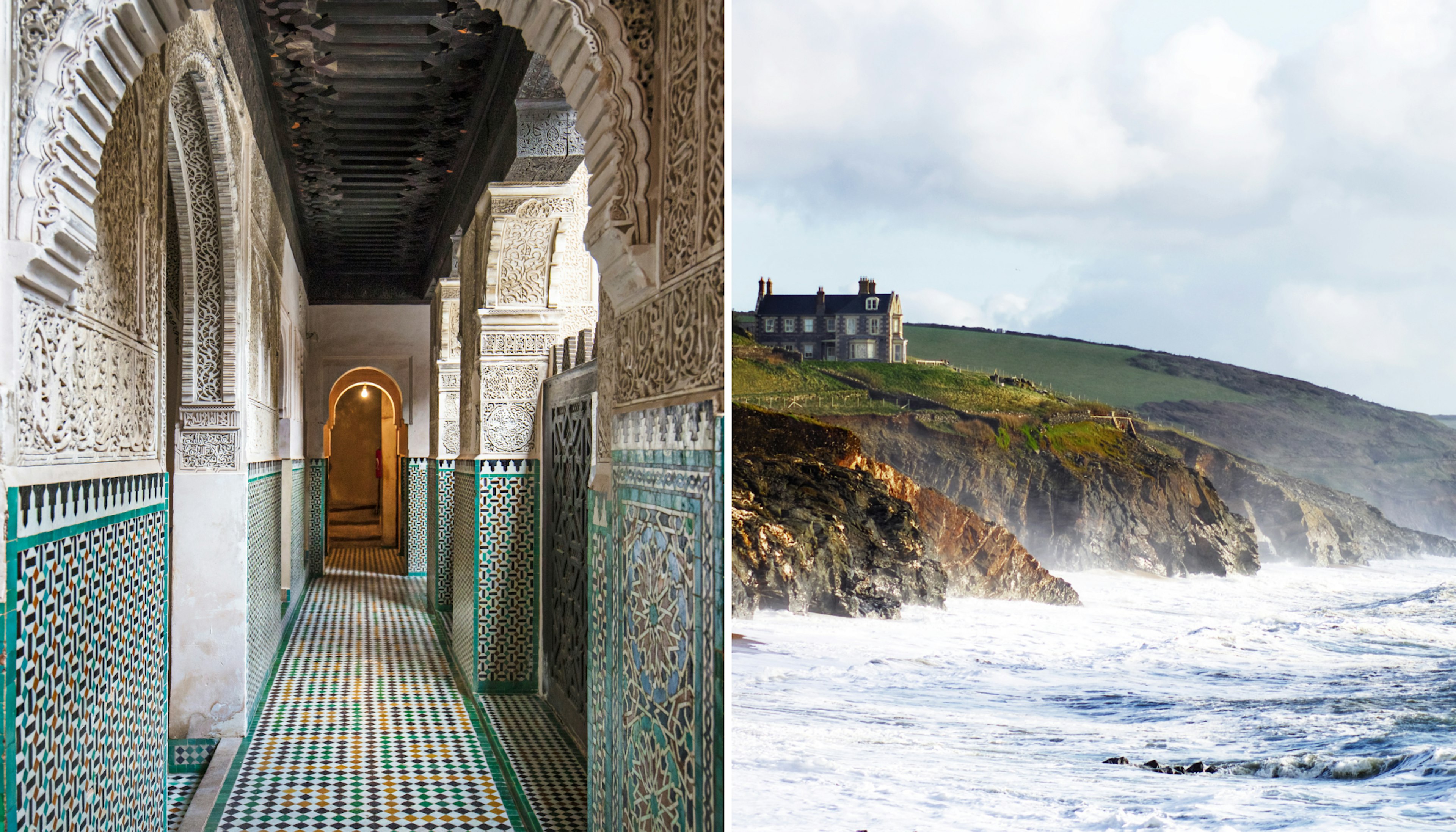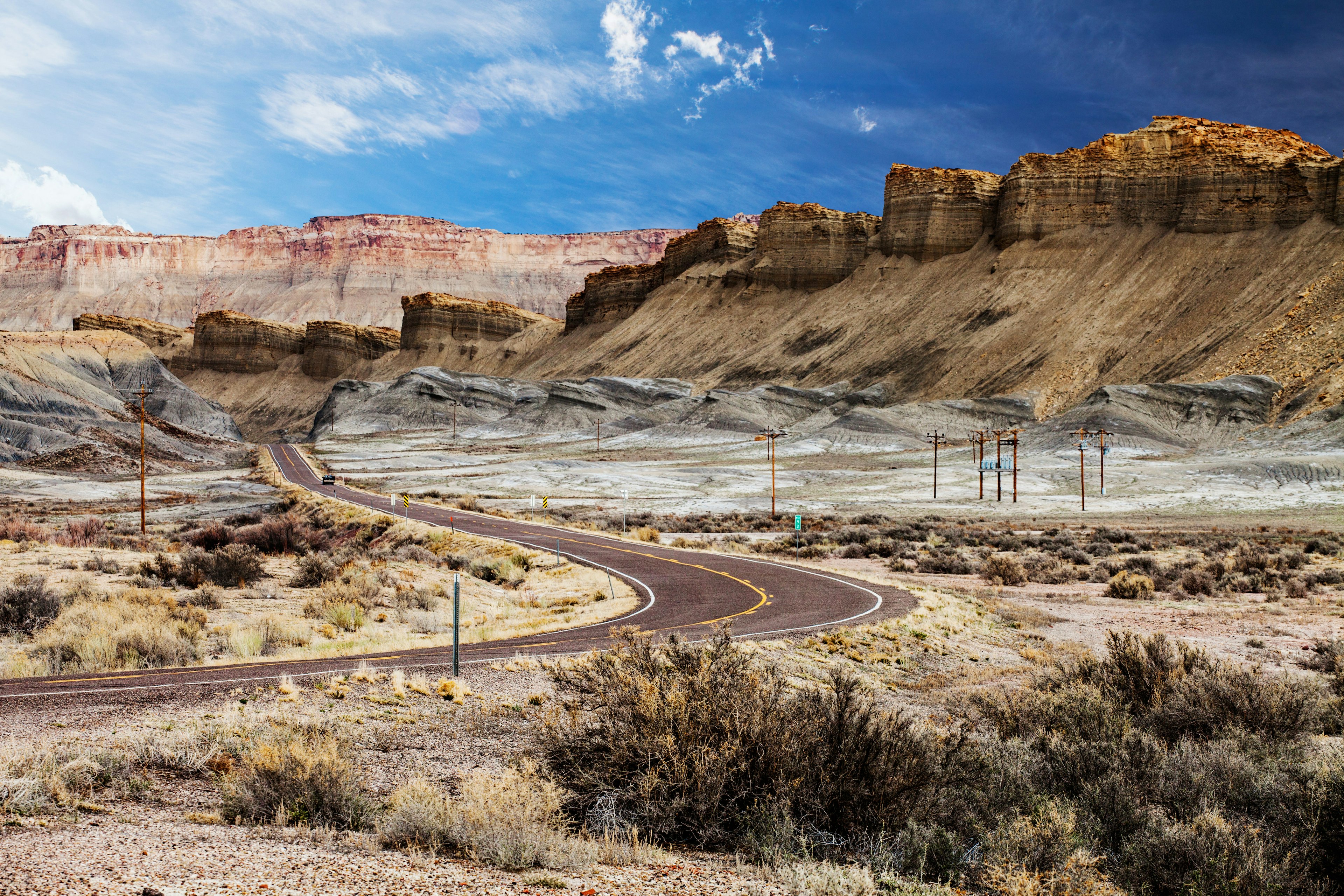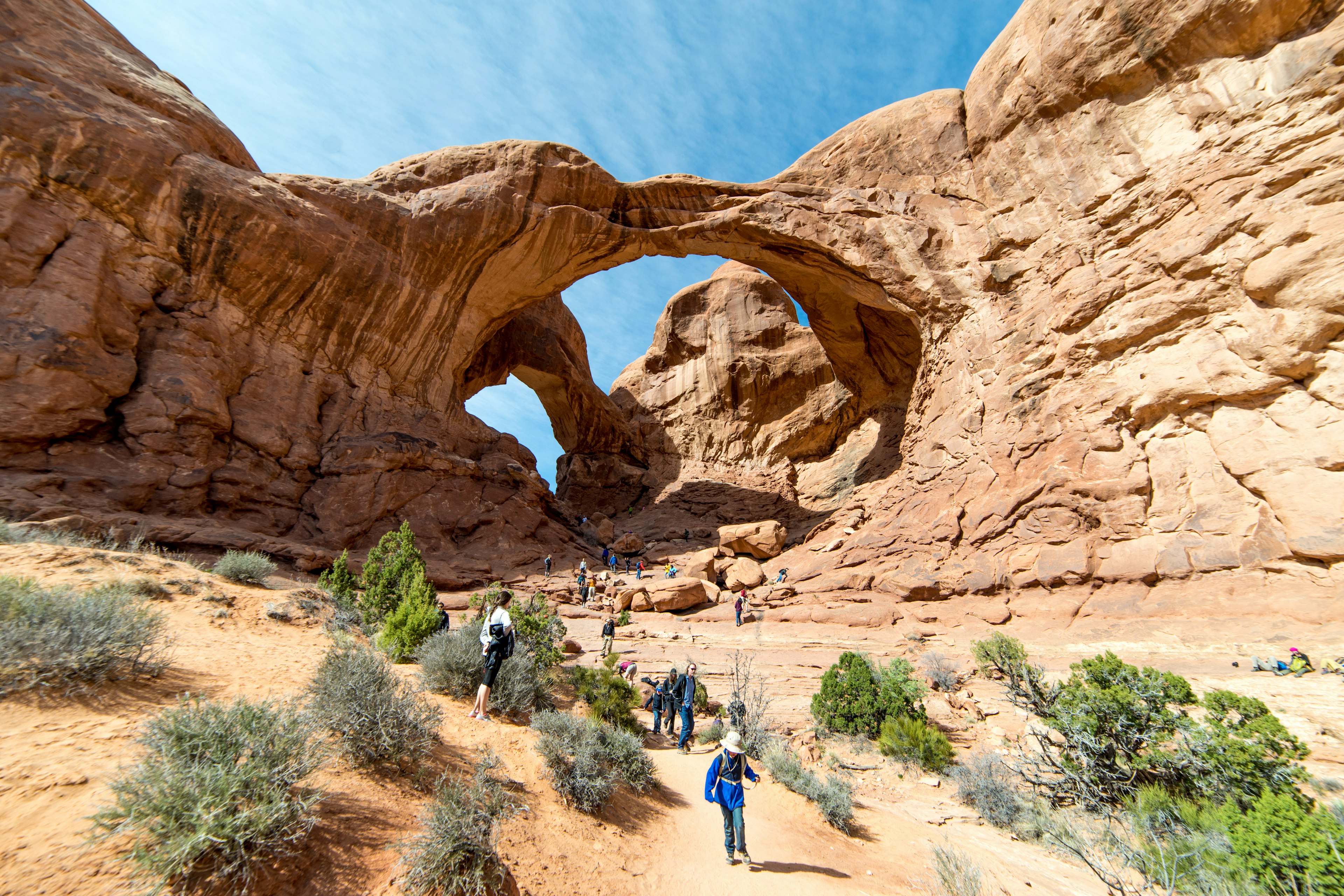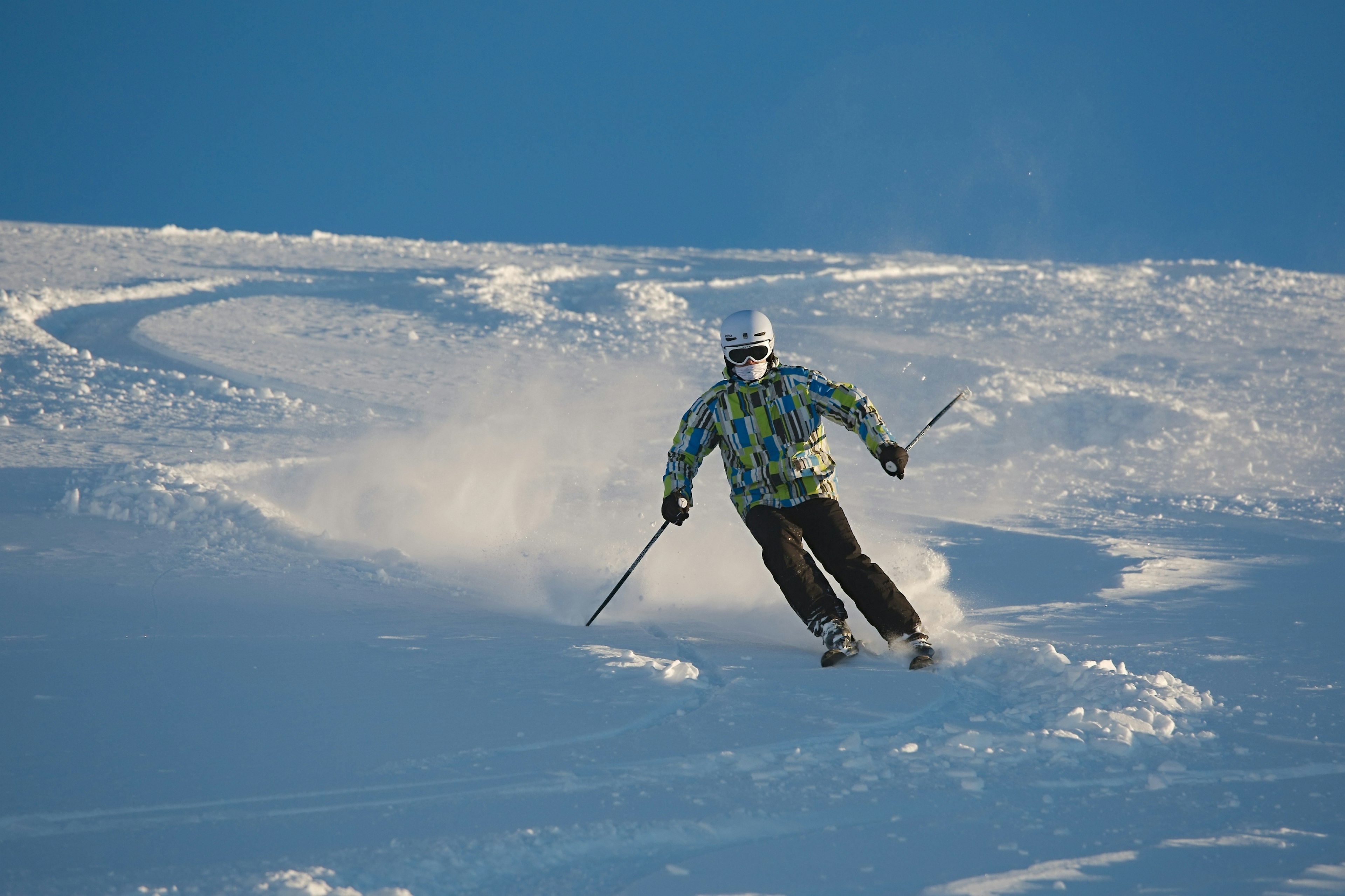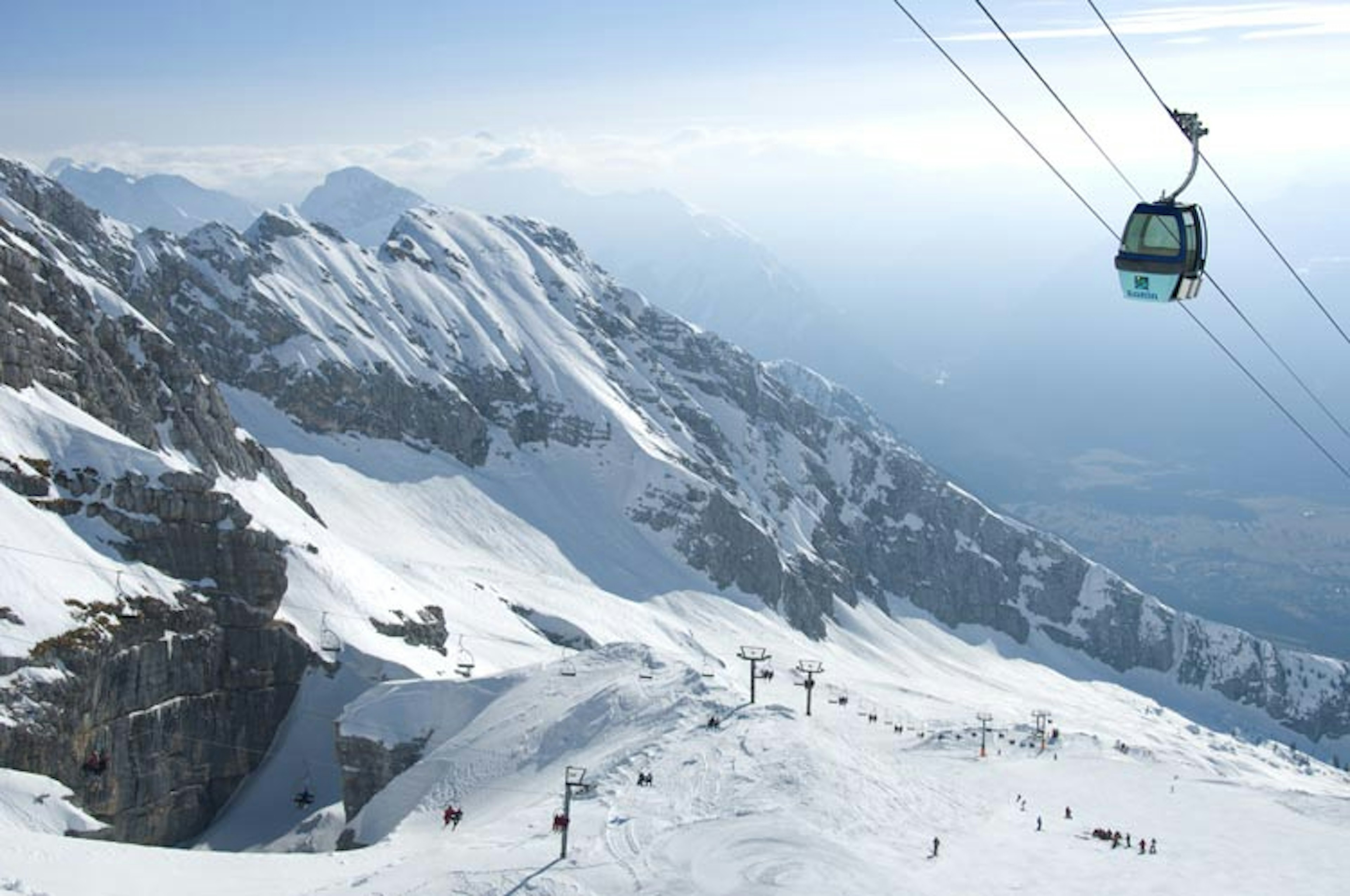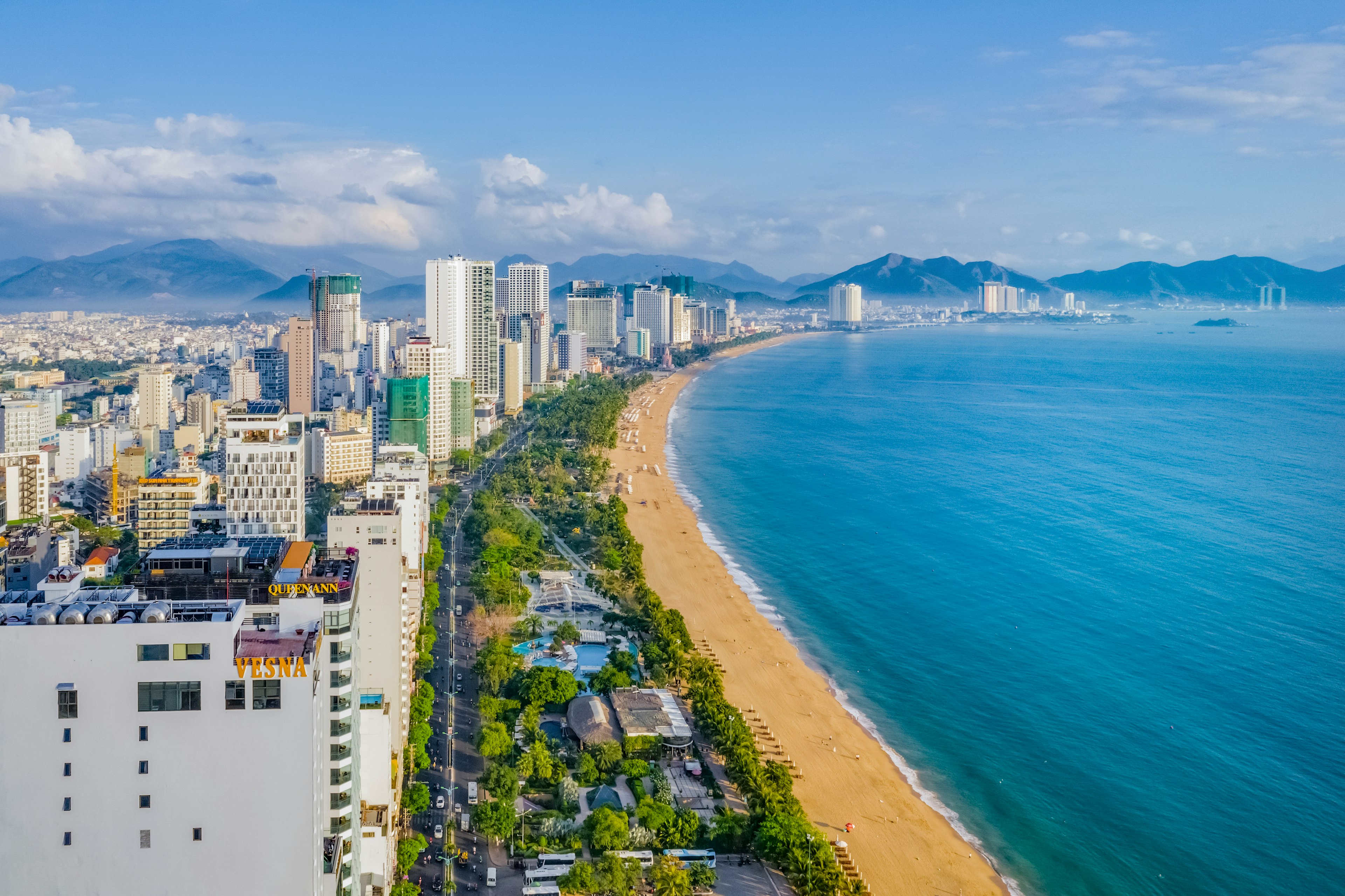Aunque la ciudad es una parte del pasado musical, Chattanooga ofrece mucho más que una simple melodía pegajosa. Además de fascinantes paisajes y actividades al aire libre, los visitantes encontrarán una ciudad repleta de enriquecedoras experiencias culturales.
Si bien Chattanooga es reconocida principalmente por atracciones emblemáticas como el Acuario de Tennessee y Rock City, hay numerosas actividades económicas disponibles. Desde jardines de esculturas públicos y parques urbanos hasta lugares históricos y mercados de artesanías, hay mucho que hacer en la Ciudad Escénica sin gastar un centavo. Comienza explorando nuestra selección de las 20 mejores actividades gratuitas para disfrutar en Chattanooga.

1. Coolidge Park
Coolidge Park, una vez un astillero abandonado, es ahora un lugar favorito de familias. Cuenta con una fuente decorada con leones de piedra, un tiovivo de madera restaurado, una pared de escalada de 50 pies y senderos peatonales a lo largo del río.
En un extremo del parque está el Chattanooga Theatre Centre, reconocido por sus entretenidas funciones con elencos adultos y juveniles durante décadas. En el otro extremo se encuentra el Puente de la Calle Market, el cual conecta con el Parque Renaissance.
Una estación de kayaks y canoas te permitirá navegar en el río Tennessee, y varios restaurantes y tiendas tienen accesos traseros hacia el parque. Consigue un sándwich del River Street Deli, un helado de Clumpies o un gourmet dog de Good Dog y comienza a explorar.
Las mejores excursiones desde Chattanooga

2. Walnut Street Bridge
Durante más de un siglo, el Puente de la Calle Walnut ha sido parte del horizonte de Chattanooga. Se convirtió en un símbolo de las divisiones raciales en el sur durante el periodo de Jim Crow tras dos linchamientos: uno en 1893 y otro en 1906.
En 1978, el puente casi fue demolido debido a su deterioro. Los ciudadanos preocupados se movilizaron para salvarlo y consiguieron que se añadiera al Registro Nacional de Lugares Históricos.
Se recolectaron fondos para remodelar el Walnut Street como uno de los puentes peatonales más largos del mundo. Pronto atrajo tanto a turistas como a lugareños, uniendo los barrios revitalizados del centro y la North Shore.
Hoy, el Puente de la Calle Walnut acoge diversos eventos como el Festival Wine Over Water y el Maratón de los Siete Puentes. También ofrece un lugar para admirar eventos en la ribera como el Riverbend Festival, la competencia Iron Man o los fuegos artificiales del centro.
3. Jardín de Esculturas de la Calle First
El extremo sur del Puente de la Calle Walnut, en las calles First y Market, alberga un jardín de esculturas que renueva sus obras cada año o casi. Pasea cuesta abajo en tu camino hacia Bluff View o hacia el Acuario. Disfruta de piezas como “High Four” de Louise Peterson, una estatua de un Gran Danés que ofrece una pata, la cual, ha tomado una pátina a medida que los visitantes se detienen a darle la mano.

4. Paseo del Río Tennessee
Un sendero verde de 16 millas es el Tennessee Riverwalk, que va desde la presa Chickamauga en Hixson hasta la antigua Fundición Wheeland en St Elmo. Por el camino, hay varios restaurantes y establecimientos a los que se puede echar el ancla, como el Boathouse en Amnicola Highway (relájate con su guacamole y margaritas hechos en la mesa) y el Overboard Bar & Grille en un viejo bote de río en el centro, hasta llegar a The Tap House. También te esperan sitios para picnic, áreas de juegos para niños y lanzamientos para kayak a lo largo del recorrido.
5. El Mercado de Chattanooga
Mitad mercado campesino, mitad feria de artesanías es el Chattanooga Market, que generalmente opera de abril a diciembre gracias a su clima moderado. Un tejado fijo en el First Tennessee Pavilion cubre el mercado en caso de lluvia, sin embargo, sus costados aireados dejan que las brisas jugueteen.
En un extremo del mercado se presentan actuaciones de música en vivo, mientras los camiones de comida se agrupan alrededor de asientos tipo café por orden de llegada. Diferentes puestos muestran y venden de diversos productos, como arte fino, bisutería, especias, productos frescos y obsequios locales.

6. Campos de Escultura en Montague Park
Lugar de enormes esculturas, el Parque Montague es un espacio artístico exterior de 33 acres. Dispersos por un campo jalonado por árboles, pabellones para hacer picnic y senderos para caminar, se encuentran siempre al menos 40 obras de arte.
Los Campos de Esculturas son amigables para los perros y ofrecen vistas hacia la Montaña Lookout. Desde su apertura en 2016, se ha convertido en un punto de encuentro preferido para corredores, fotógrafos, amantes de las cometas y familias.
Los mejores parques urbanos en Chattanooga
7. Campo de Batalla Chickamauga
Alguna vez el escenario de una de las peleas más sangrientas de la Guerra Civil y supuestamente acechado por un críptido llamado Ojos Verdes, el Campo de Batalla Chickamauga se conforma principalmente de rutas para caminar, andar en bicicleta o manejar, extendidas en antiguos terrenos agrícolas y pinos altos.
Todo se encuentra dentro de un Parque Militar Nacional, y se puede aprender mucho aquí sobre la historia de la Guerra Civil gracias a los guardabosques del parque. Chickamauga Battlefield también es excelente para descubrir sobre ecología local, historia indígena, arte monumental y simbolismo de la era de la Reconstrucción.
Esperen encontrar padres enseñando a sus hijos a andar en bicicleta, visitantes interesados en la historia, lugareños paseando, cazadores de fantasmas al atardecer y familias acampando durante el fin de semana.
Here, you’ll witness a stunning view of the ravine between Raccoon and Signal Mountains through which the Tennessee River charted its trajectory. Hawks glide above, and dwellings subtly emerge from the lush greenery of the hillside. It ranks among Chattanooga’s most impressive vistas.

14. Geocaching within Cloudland Canyon State Park
Cloudland Canyon State Park offers numerous exciting pursuits, ranging from trekking to overnight stays in a yurt. Yet, geocaching offers a variation of a treasure hunt suitable for all members of the family. At Cloudland Canyon, several themed geocache quests incorporate educational segments on Native history or the park’s geological features.
To decipher the hints that guide you to the hidden cache, a phone or another GPS tool will be necessary. Parking at Cloudland Canyon involves a $5 fee, but other activities come at no charge.
15. Enterprise South Nature Park
A historical World War II ammunition production site has transformed into a series of mountain biking tracks, horse riding paths, and pedestrian walks. Since 2016, Enterprise South Nature Park has become well-loved by northern suburb inhabitants and employees from the nearby Volkswagen facility. If you’re interested in the site’s past, Bunkers #28 and #50 are open to public viewing, and you can bring along leashed pets to enjoy the outdoors with your four-legged companion.
16. Snapping pictures at Umbrella Alley
Capture striking snapshots to remember your journey to Chattanooga at complimentary spots like Umbrella Alley. Located in the West Village, one of the most popular Chattanooga neighborhoods, this fancifully adorned photo location features colorful umbrellas hanging above, making it ideal for photography sessions. For different versions of artful alleyways, check out the Urban Chandelier Alleyway on Cherry Street and the patio filled with vivid artworks.
17. A visit to the Bluff View Art District
Engage in a self-directed stroll through Chattanooga’s Bluff View Art District. While the River Gallery Sculpture Garden stands out as a superb no-cost spectacle, it’s not the only economical entertainment in this district. Visitors can also explore the historic Bluff View Inn, renowned eateries such as Tony’s Pasta Shop & Trattoria, and play areas like the Bocce Court Terrace within the Bluff View Art District.
18. Enjoying live tunes during Nightfall
The Nightfall Free Music Series has spiced up Chattanooga’s summer atmosphere with Friday evening music renditions for over three decades. Experience one of the concerts at Miller Plaza from May to August. Guests are welcome to bring the whole family, furry companions included. The selection of artists encompasses folk musicians, soulful vocalists, jazz ensembles, and alternative rock talents.
19. Foster Falls Recreation Area
Take a drive to one of Chattanooga’s nearby natural gems and enjoy a full day at Foster Falls Recreation Area. Positioned close to South Cumberland State Park, this site is named after the spectacular waterfall it features. Embark on the brief yet steep descent to Foster Falls, or bring your bouldering supplies for climbing. During summertime, visitors can refresh themselves by swimming in the basin underneath the falls.
Continue preparing for your Chattanooga getaway:
Autumn in Tennessee: unforgettable outdoor fall experiences
Experience the great outdoors in Chattanooga, a small city with a big heart for adventure
Chattanooga’s top day trips




